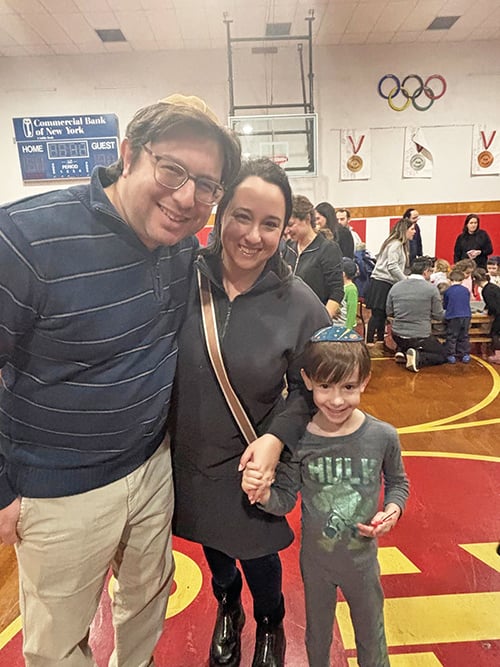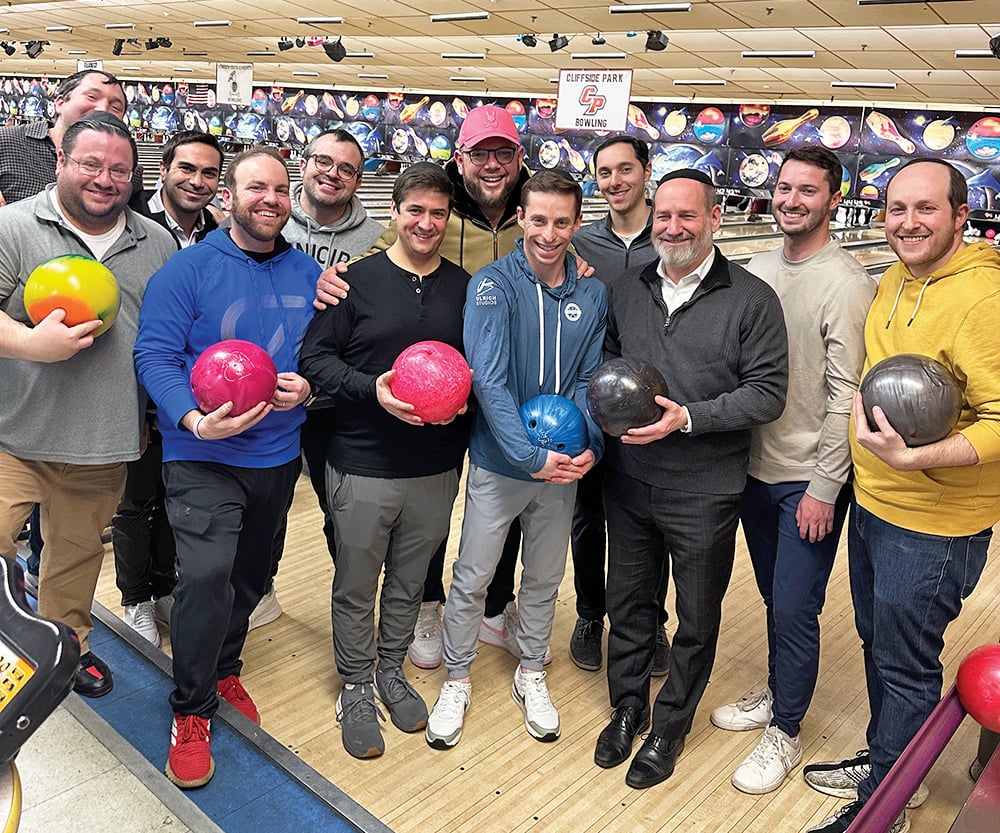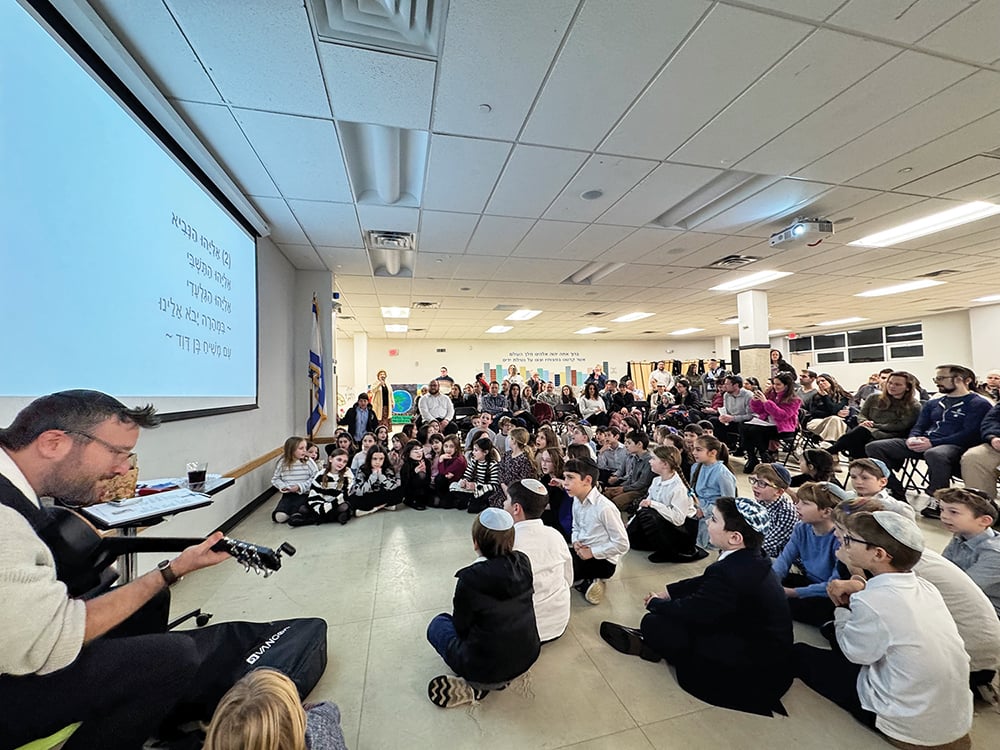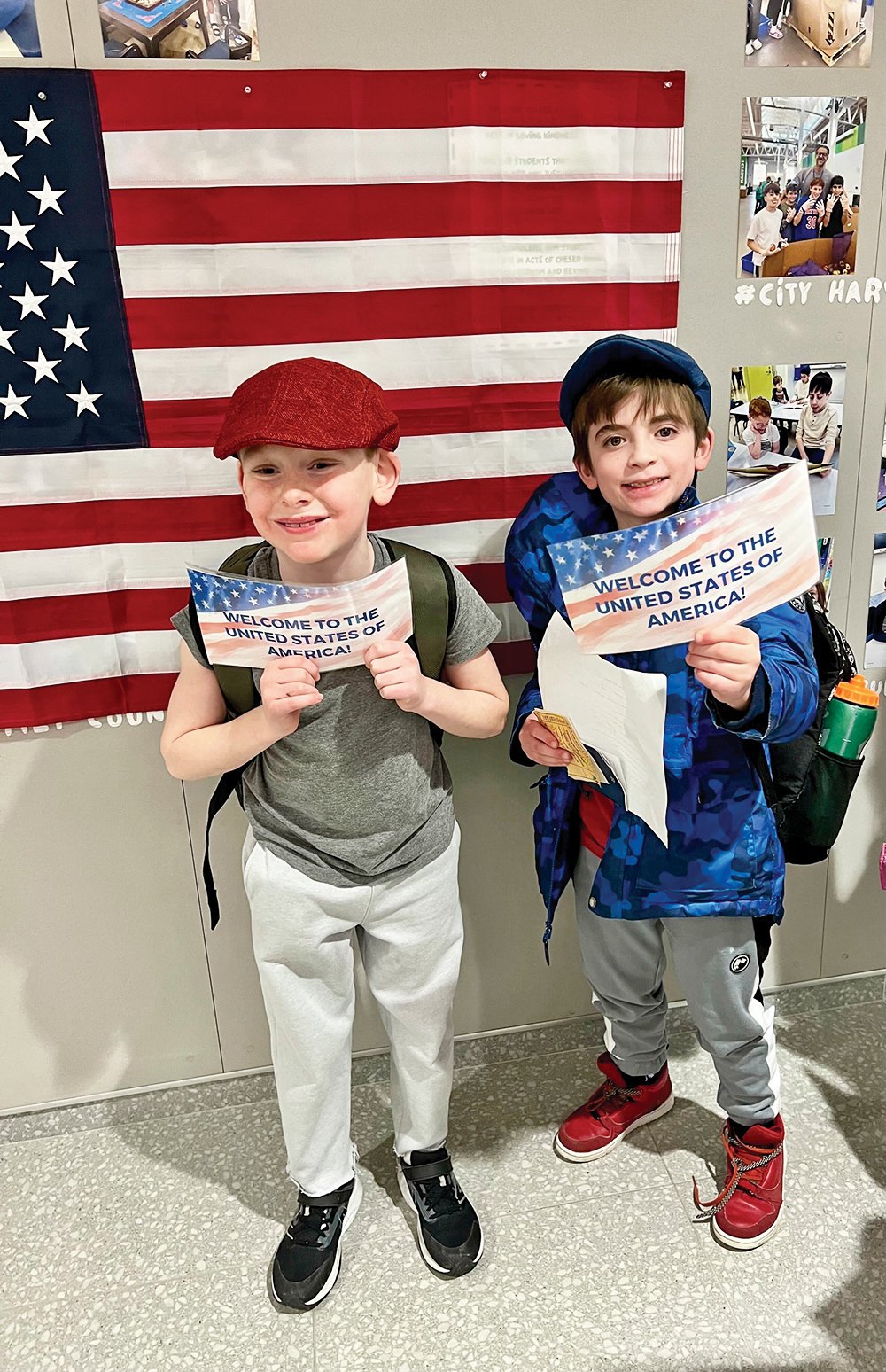The world of Orthodox Judaism is filled with many things but shabbos photos are not among them. For obvious reasons, observant Jews do not bring their phones or cameras to shul on shabbos. As a result, a void has been created in the chronicling of Orthodox life. Think about the number of shabbos celebrations for which there is absolutely no photographic record. Without eye-witness testimony and word of mouth accounts, it would be as if such unrecorded events never took place. This presents an important philosophical question: if a tray falls in the middle of a kiddush and nobody is there to photograph it, does it make a memory?
Of course, there are some benefits to having a camera-free zone in shul. On the fashion front, congregants are able to workshop new looks without fear of showing up on a “worst dressed” video at a shul dinner. No matter how awful the ensemble, it will remain etched only in people’s minds. There will be no indisputable physical evidence of the fashion faux pas, assuming that the offending outfit is wisely destroyed immediately following havdalah.
Another benefit to the photographic lacuna on shabbos is that there is less documentation of how much younger congregants used to look, i.e., fewer wrinkles, pounds and grey hairs. Thus, the lack of shabbos photos arguably is a blessing. The lack of other things in life also is a blessing, including the lack of Jewish summer camps in Oymyakon (the coldest inhabited place on earth), the lack of Pesach programs in Egypt (it just wouldn’t feel right) and the lack of fishing expeditions on the Dead Sea (self-explanatory).
The lack of photographs on shabbos partially explains why some observant Jews go overboard in recording other life events. For example, weddings and bar/bat mitzvah parties often feature enough professional photographers and videographers to cover the Super Bowl. These individuals coordinate their efforts to expertly record every sight and sound of your simcha. If your bubbie surprisingly does a cartwheel or your zaide heroically performs a Russian squat dance, it will be recorded for posterity. If your aunt falls asleep during your speech or your uncle mercilessly heckles you, you will have inescapable evidence. If your nephew double-dips his chip or your niece cuts someone on the buffet line, you will have incontrovertible proof. If, in contrast, these moments were to occur on shabbos, you would have nothing with which to blackmail your gaffe-prone guests.
Ironically, many Jews spend an inordinate amount of time videotaping their events and then wind up viewing the recordings only once. Thereafter, they usually stash away the recordings for safekeeping in a location (or virtual folder) that effectively becomes a time-capsule. The time-capsule typically is opened years and possibly decades later for a sentimental viewing or a good-natured gag. Photo albums are a different story because, at the very least, they give coffee tables a purpose. You often will find more photo albums than coffee on coffee tables just like you often will find more picture frames than books in a bookcase.
Some Jews are on the other end of the viewing spectrum. They overenthusiastically play their family recordings on a continuous loop through monitors strategically positioned throughout their homes. (Imagine something far more pervasive than the continuous Lubavitch loop played at the Kasbah Grill, formerly Deli Kasbah, on the Upper West Side.) If you are dating someone who comes from such a continuous loop family, then consider whether you want a life in which you must always be camera-ready. If you marry such a person and, after the chuppah, they invite the videographer into the yichud room, then you probably need to have a very frank discussion with your new spouse about boundaries.
It is somewhat strange that observant Jews do not often take selfies immediately before and after shabbos. Even though such photo-taking might be perfectly permissible, somehow it might feel inappropriate. This feeling only adds to the photographic vacuum created on shabbos. Of course, there are other things in Jewish life that might technically be allowed but just would not feel right, like (i) building a sukkah with only three walls, (ii) sending shalach manos to only one person or (iii) making only the chassan and kallah happy while simultaneously infuriating everyone else at the wedding.
Final thought: When Batman took a photograph of Superman, Wonder Woman and Aquaman with his Justice League camera, why was the image too dark? He did not have The Flash on.
Send comments or criticism to [email protected]
By Jon Kranz













